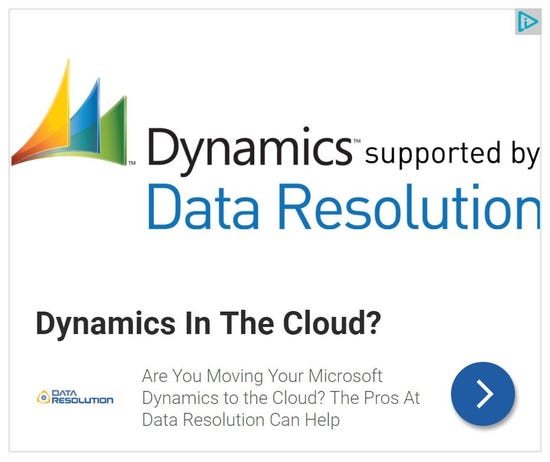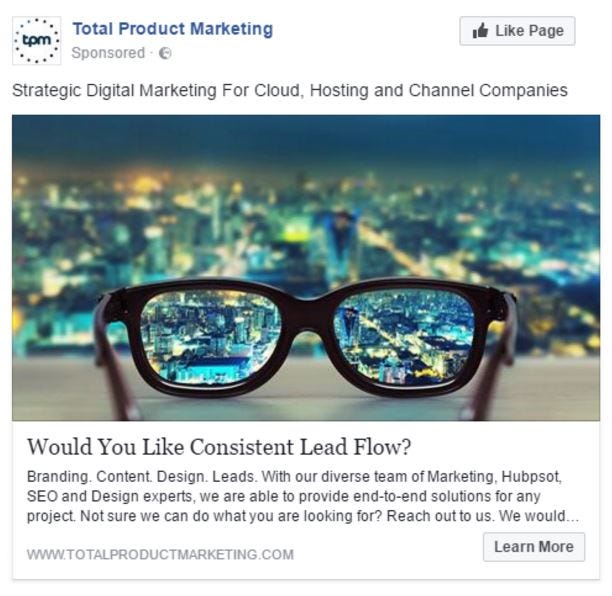The Best PPC Platforms for MSPsThe Best PPC Platforms for MSPs
Discover the best PPC platforms MSPs should use to increase conversions and learn why they are so effective.
May 3, 2017

By Dean Ara
Digital advertising in the form of pay-per-click, or PPC, ads will become the largest channel for ad revenue globally by 2019 and for good reason. Unlike organic or content marketing, which can take months or years to see results, PPC provides immediate results and can be targeted to your specific audience. This post will explore the best PPC platforms for MSPs.
But before we get into it, please note that we’re not promoting paid ads over organic marketing — in fact, comparing organic or inbound marketing to paid advertising is like comparing apples to oranges. Organic and paid marketing provide different benefits and the best marketing approach is to use a mix of each.
If you are just beginning to sink your teeth into PPC, read our previous blog on How to Set up a Killer PPC Campaign to learn everything you need to know about keywords, PPC tools, and setting a budget.
The 3 Best PPC Platforms
Let’s now dive into the three best PPC platforms for MSPs:
Google Adwords: PPC ads & the display network
Google remarketing
Paid social media: Facebook ads
1. Google Adwords
Google Adwords offers two types of PPC advertisements: search and display.
Google Adwords search is good for service businesses without visuals
Google Adwords display is good for businesses that need to show their product
Here’s an example of a search ad, which consists of a headline and short body copy.

A display ad, shown below, allows you to use an image and text.

We think Google Adwords is one of the best PPC platforms because:
It’s highly targeted to search terms (keywords)
It has the largest potential reach in terms of leveraging Google
You can target by location, keywords, interests, device, and even ages
It’s ideal for local or international campaigns
However, there are downsides to using the Adwords PPC platform, including:
It’s very competitive for MSPs
You need a large budget for competitive search terms
Conversion tracking can be challenging for longer sales cycles
It’s easy to set and forget, but you need to continuously monitor and tweak it
2. Google Remarketing
Google remarketing (also known as retargeting) allows you to create a display ad that targets people who have visited your website or used your app. Remarketing can be done via Google Display Network or by using a third-party app. Google recommends that beginners start by targeting everyone who viewed your homepage and then narrow your focus from there.
Here’s an example of a remarketing ad used in a campaign for Data Resolution’s Microsoft Dynamics solution. This advertisement would only be displayed to visitors who had viewed that company’s Dynamics webpage.

We think Google remarketing is one of the best PPC platforms because:
It shows you who saw your ad but didn’t click it — also known as view-through conversions
You can easily target the ad by placing a tracking code on your website that uses cookies to reach people who have visited
It’s generally considered to have a good ROI and be cost effective
The downsides to Google remarketing are that it’s:
Dependent on initial traffic
Doesn’t reach new audiences
3. Paid Social Media: Facebook
You can create paid ads on social media channels for Twitter, Facebook, and LinkedIn. However, in our experience we have found the best results for MSPs come from using Facebook and, to a lesser extent, LinkedIn.
If you’re interested in putting skin in the Facebook-advertising game, you need to be ready to pay to play. Facebook uses an algorithm called EdgeRank which determines the stories that will appear in each user’s newsfeed. EdgeRank says it’s similar to “a credit rating: it’s invisible, it’s important, it’s unique to each user, and no one other than Facebook knows exactly how it works.” To prevent getting caught in the weeds, all you really need to know about EdgeRank is that it has made businesses pay to reach their audience — organic Facebook posts are slowly dying.
When creating a Facebook ad you need to select an eye-catching image and craft an enticing headline and click-worthy copy. Here’s an example of a Facebook ad we ran to promote our services at Total Product Marketing.

We think Facebook advertising is one of the best PPC platforms because:
You have extensive targeting options (ie. custom audiences, locations, age, gender, languages, connections, and more)
It encourages brand interaction and sharing
It often costs less than other advertising channels per click
You have flexibility to easily change the ad’s objective
It’s great for ads that have eye-catching visuals
But, there are downsides to Facebook advertising:
Competition is increasing
You may require supporting content and other advertising channels to engage audience
Ads can easily get lost in the noise
Lots of trial and testing are required
Find the Best PPC Platforms for Your Business
Our best advice to you is to test all three PPC platforms for one month. That way you can discover which platforms and ads provide the greatest number of conversions for your business. Make sure to use tracking codes to measure conversion success as clicks alone can be misleading. Remember that PPC is an iterative process — you need to test, measure, and adjust; you can’t just set and forget!
In terms of setting a budget, anywhere from a total of $2,500-$5,000 for the first month on all three platforms should leave you with enough data to evaluate which are best for you. After your initial month, you can tweak your ads and the platforms to optimize your PPC spend based on what has worked and what hasn’t. Of course, do more of what delivered conversions and less of what didn’t.
Optimize Your Entire Lead Funnel
At Total Product Marketing, we provide end-to-end digital marketing services to help you get the best bang for your marketing buck. We specialize in inbound and paid marketing, so contact us today for help optimizing your entire sales and marketing funnel.
You May Also Like
